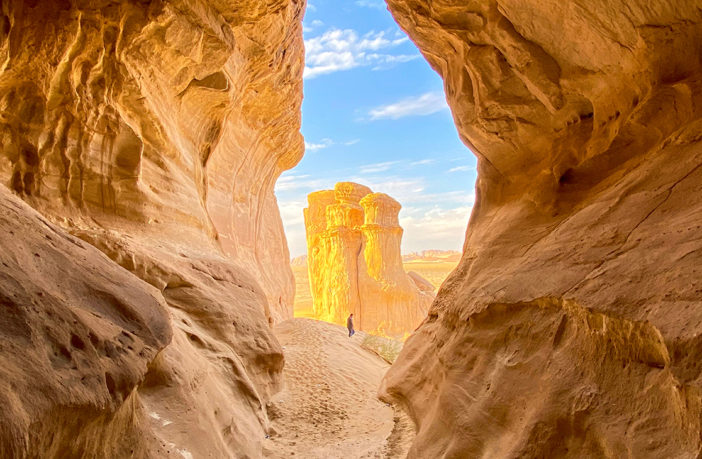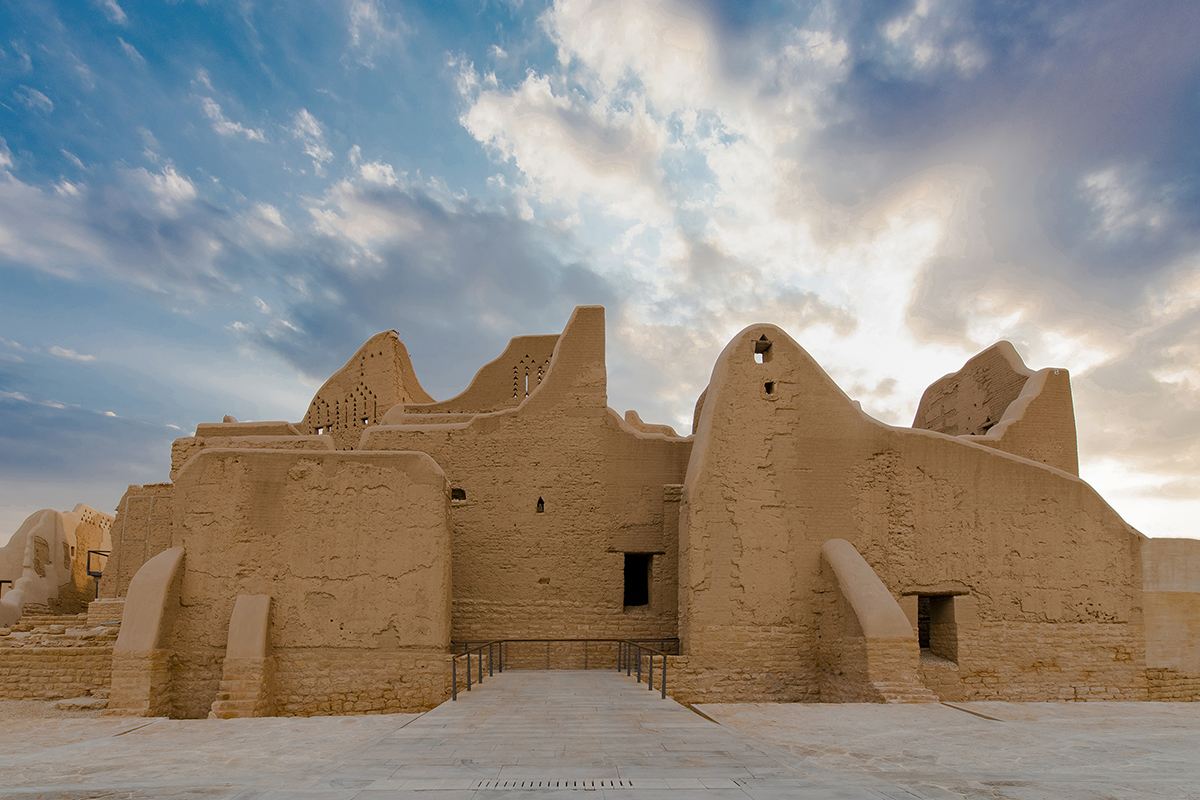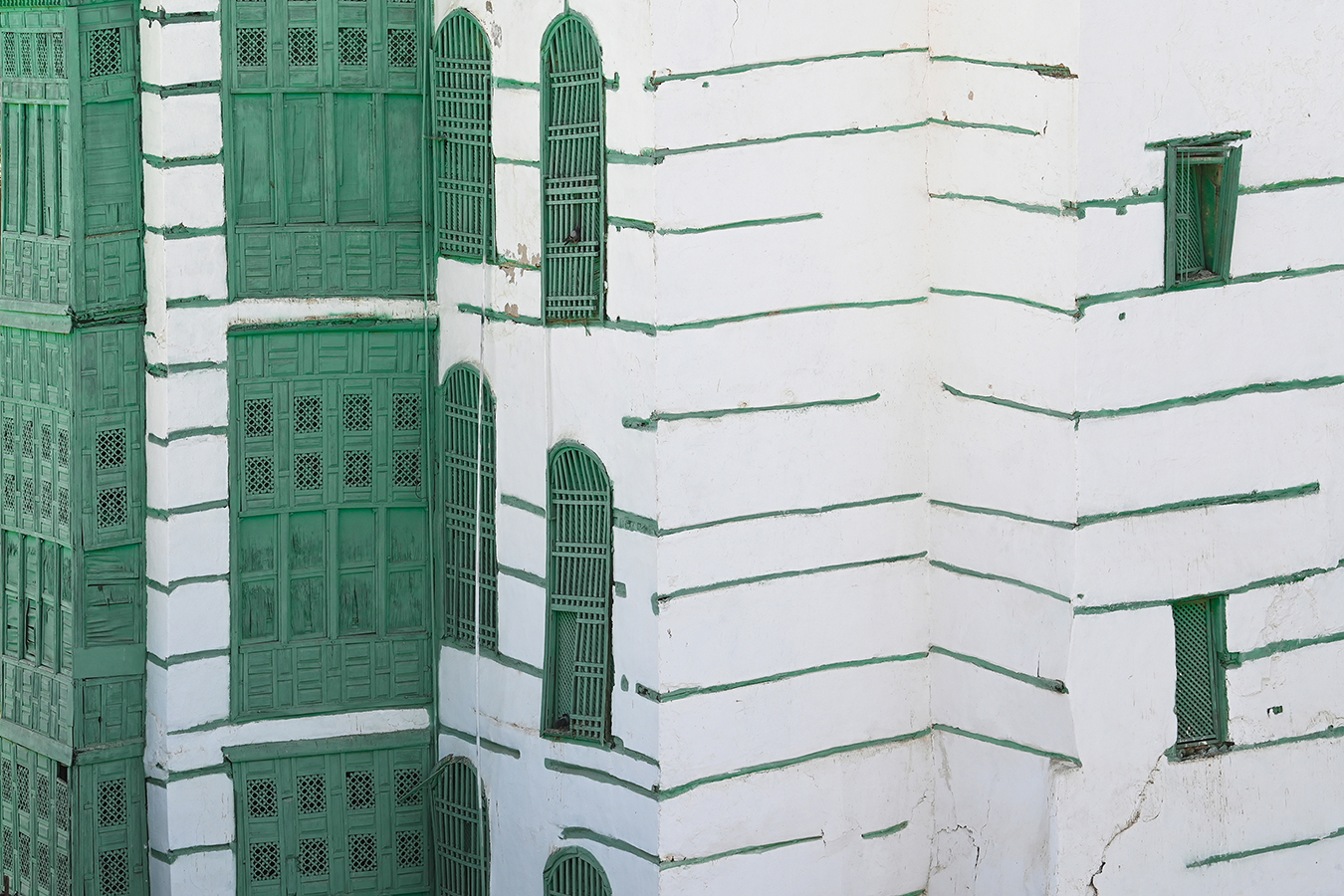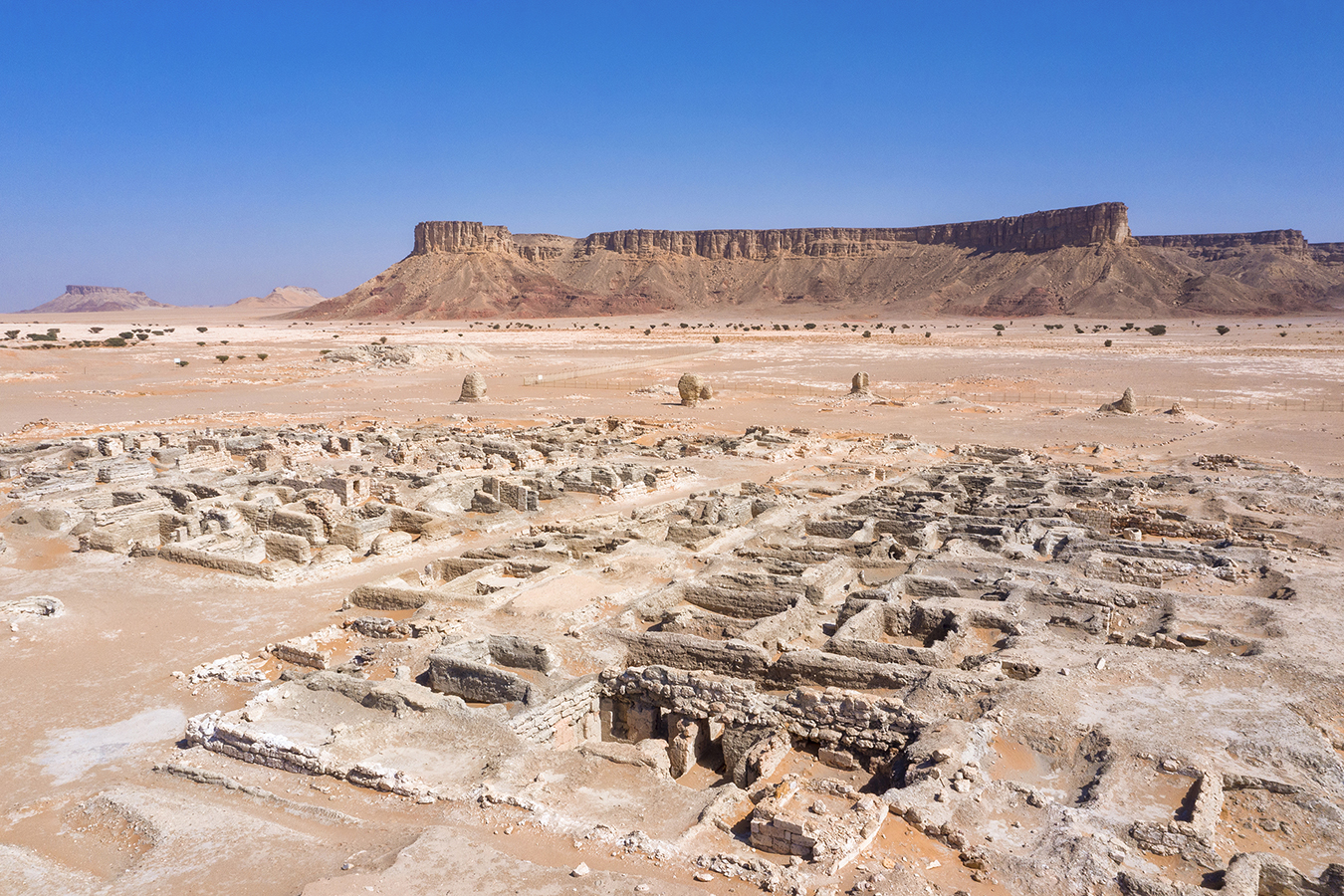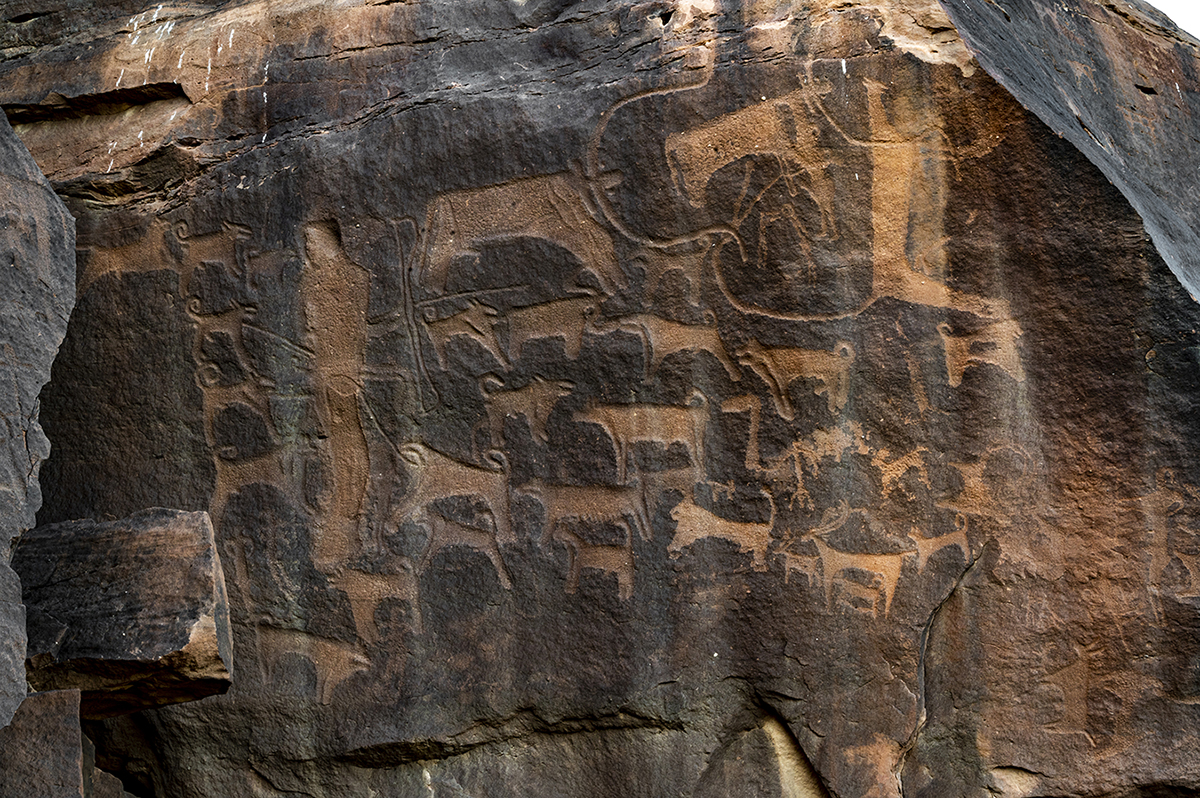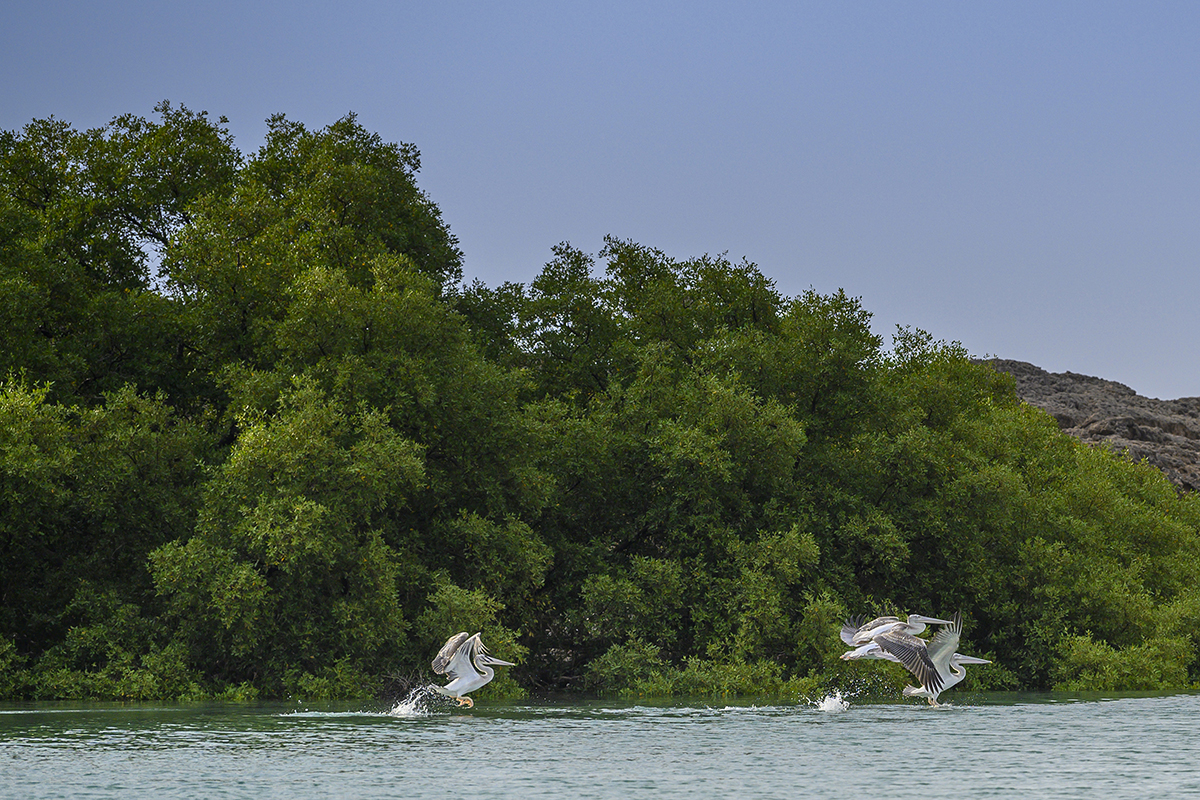Come and explore Saudi Arabia’s best heritage sites and learn more about the Kingdom’s culture, history, and nature!
To outsiders, Saudi Arabia seems to be a land consisting of only sand and oil – but new research and efforts to revive the local heritage and pre-Islamic history have revealed that Saudi Arabia was in fact a hotspot for trade, indigenous powerful tribes and beautiful artistic creations.
With the launch of the new Heritage Commission in 2020, the Saudi Ministry of Culture is placing fresh importance on protecting, elevating and promoting Saudi Arabia’s rich heritage. We have created a top ten list for heritage enthusiasts, to guide your discovery of the country’s best historical sites. Keep this article and tick off the sites as you go!

1. ALULA
Top of the list, of course, has to be AlUla. The ancient site has undergone extensive modern development and investment to create a unique and magical experience. There’s something for everyone at AlUla: adventure enthusiasts can take a zipwire or hot air balloon across the breathtaking landscape; outdoor types can hike through Dadan and Hegra; history nerds can gape in awe at Madain Saleh and Jebel Ikmah; culture vultures can descend on Maraya concert hall and Jadidah district in AlUla old town. Go during the winter season when the Royal Commission for AlUla runs their Winter at Tantora series of events, which includes wellness retreats, concert series and art exhibitions.
📍https://goo.gl/maps/ibG2tgNJcFKPF7kS6
2. DIRIYAH
On the outskirts of Riyadh, the old royal city of Diriyah provides an insight into what life in Saudi Arabia used to be like before King Abdulaziz. The area is currently undergoing significant restoration and will soon become a center for boutique hotels and cafes. When it opens to the public, book a historical tour and light show at the Al-Turaif UNESCO World Heritage Site.
📍https://goo.gl/maps/TgRF51GHnRK1GQg88
3. AL BALAD
The old district of Jeddah has undergone restoration since the 1970s and is now a charming, fashionable, artistic district in which it is easy to lose yourself just exploring its many alley ways and gazing up at its beautiful buildings.
📍https://goo.gl/maps/VPBxRnWShn4EYeYd9
4. NAJRAN
This region of southern Saudi Arabia, close to the border with Yemen, is famous for its early Islamic inscriptions which chart the early evolution and spread of Islam among the native Arabian tribes. The inscriptions are in both native ancient languages such as Musnad and Nabatean, as well as Quranic Arabic. In Al Okhdood fortress, inscriptions and rock art provide evidence of much earlier inhabitants of the area, too.
📍https://goo.gl/maps/23trh2XXk7gfWhXr8
5. QARYAT AL FAW
The ancient town of Qaryat al Faw served as a market town and stopping point on the crossroads of the famous Incense Route, which traversed Arabia from Yemen to the Red Sea. Home to travelers from the Mediterranean to the Far East, the archaeology of Qaryat al Faw reveals many cultural influences, including Greek, Indian and native Arabian. While the best treasures from Qaryat al Faw are in the National Museum in Riyadh, the site itself is undergoing preservation efforts and can be accessed as part of a tour of the Empty Quarter.
📍https://goo.gl/maps/Qcxtv6RXRi3xhGYJ8
6. HA’IL
The ancient Mesopotamian king Nabonidus was a rather unique character. He got bored of court life in Babylon and instead moved out to the desert in Ha’il for ten years, where cuneiform inscriptions commemorate his presence. It is further proof that Saudi Arabia was far from the isolated desert stronghold we imagine it to be – in ancient times it was a bustling thoroughfare for kings, armies and traders. In order to hunt down this elusive and characterful Mesopotamian king, you’ll need to drive to Al Hait, a couple of hours away from Hail (you can also access it by driving north from Medina). Al Hait is an open-air museum showcasing not only these cuneiform inscriptions and depictions of Nabonidus, but also early Islamic traditional houses.
📍https://goo.gl/maps/iikMdA1pfj4ZyDzeA
7. HOFUF
This charming town in Al Ahsa is home to some of the world’s largest date farms, a historic souq and the enigmatic Al Qara mountain, whose cave systems have been inhabited for over 5000 years. The structure of the caves keeps them at a consistent temperature year-round, which is why they have been used for everything from royal conferences to prophets’ hideouts.
📍https://goo.gl/maps/6ct4f27YmbaZGaCP6
8. YANBU
A few hours’ drive north of Jeddah lies the beautiful Red Sea port of Yanbu. The northern part of the city holds the cultural heritage, including a pristine waterfront, a natural oasis, townhouses made of coral, and a restored house that the British writer and spy TE Lawrence used to live in.
📍https://goo.gl/maps/LVhEzU2c5yut4B337
9. FARASAN ISLANDS
While Farasan islands off the coast of Jazan offer tourists stunning, quiet beaches and unique wildlife, they also play host to some fascinating history. Many inscriptions found both on the island and in ancient texts attest to the presence of the Roman Empire’s southernmost outpost on Farasan – known in Latin as Portus Ferresanus. This was a thousand kilometers south of both the nearest Roman port in Egypt and the nearest Roman trading hub, Petra. Roman influence remained at this lonely outpost until the conquest of Arabia by Islamic powers. The tiny islands are also home to an Ottoman-era fort and preserved examples of traditional local houses.
📍https://goo.gl/maps/Xid4zLjLNFGzwbS27
10. AL JOUF
Home to the world’s largest modern olive farm and supplier of the Kingdom’s olive oil, Al Jouf is the place to be for olive lovers – especially during the Olive Oil Festival every January. If you prefer history to olives, stop by Marid castle – just half an hour away from Sakaka airport. The castle was originally a Roman/Nabatean fort and was stormed by Queen Zenobia of Palmyra when she rebelled against the Romans in the 2nd century AD. For those who like more recent history, Zaabal Castle is just 200 years old; it features fascinating water management systems (a staple of desert life) and offers panoramic views of the surrounding landscape.
📍https://goo.gl/maps/LqxJDP5jfrbJRPXq5
Follow @boytoursworld and @sauditravelnotes on Instagram for some great insights into these beautiful parts of Saudi Arabia. For those of you on TikTok, follow @againstthelorepodcast for mini documentaries about ancient heritage, including that of Saudi Arabia.
Photo Credit: Ministry of Culture

